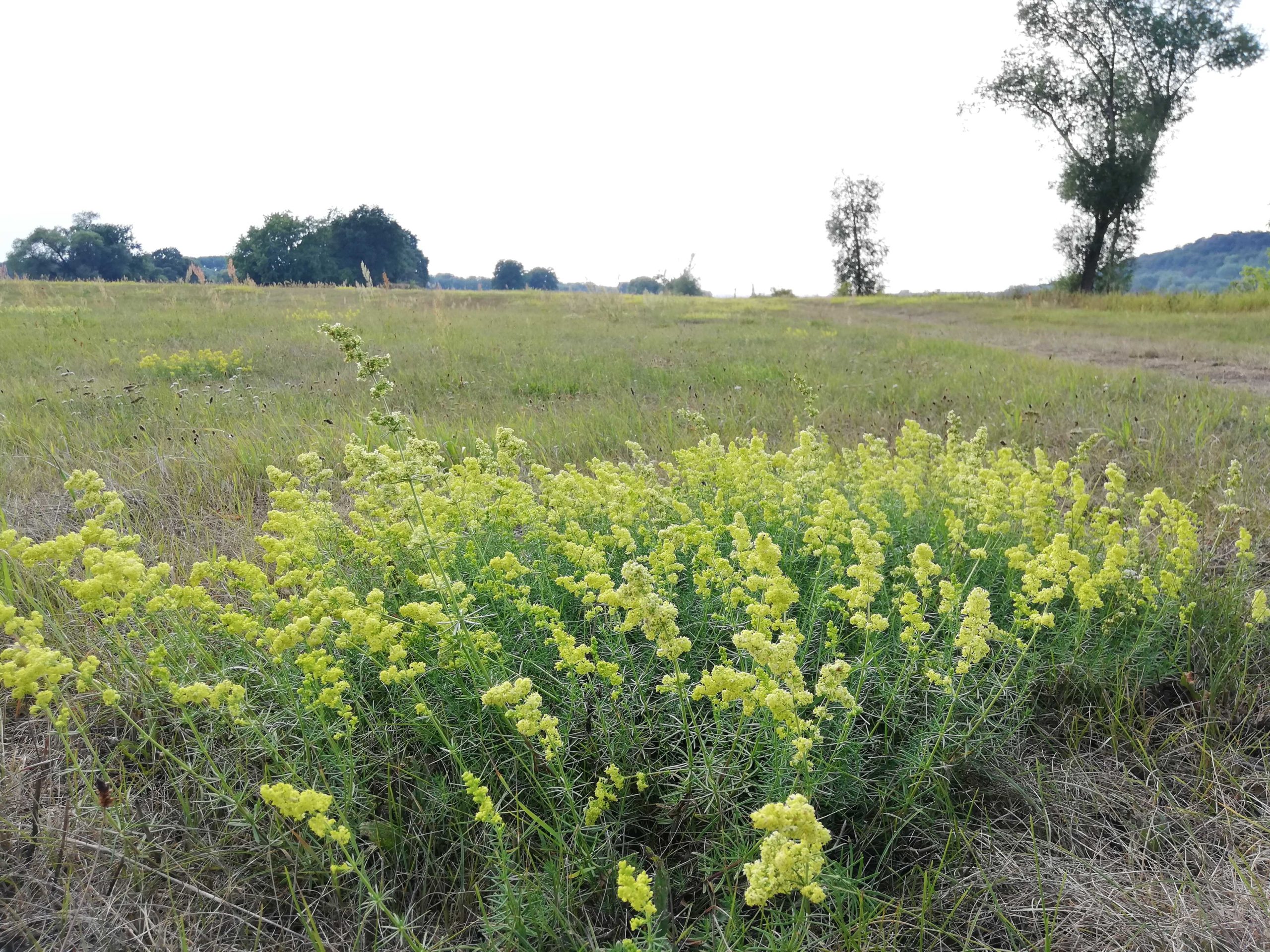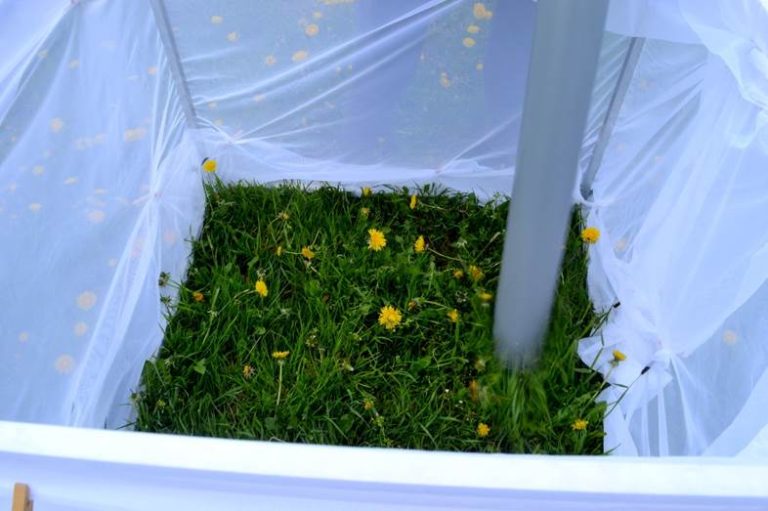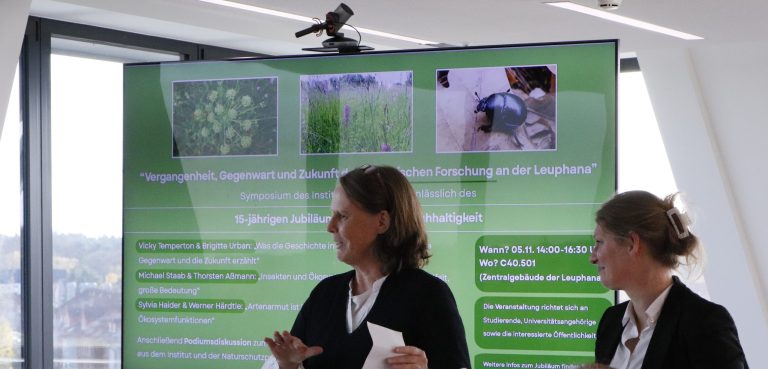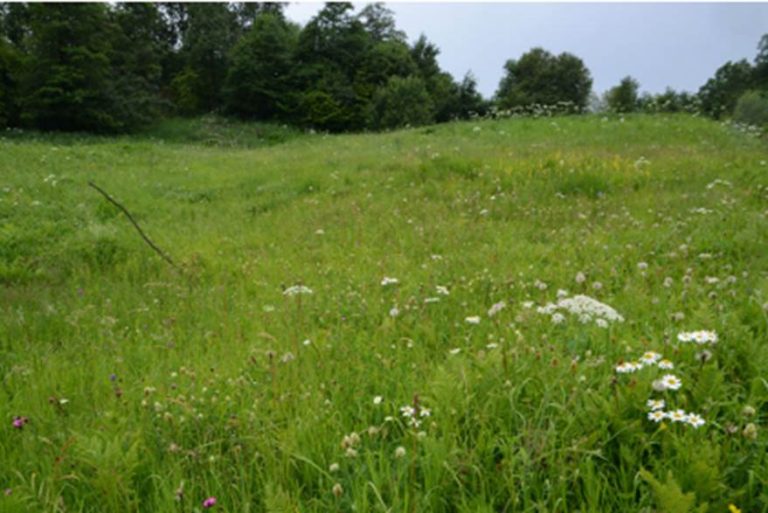From local tree-planting pledges to global rewilding campaigns, ecosystem restoration has become a rallying cry for climate action. But can nature really soak up enough carbon to help us meet global climate targets? A new study published in Nature Geoscience by Tölgyesi et al. (2025), including Vicky Temperton from the Leuphana Institute of Ecology, suggests we need to recalibrate our expectations.
Their message is clear: ecosystem restoration will play only a limited role in mitigating climate change. But that doesn’t make restoration any less important, however, for protecting biodiversity, strengthening ecosystem resilience, and locally adapting to climate change.
A holistic approach to global restoration
Previous studies on carbon sequestration potential from ecosystem restoration focused on forests and total carbon stocks, suggesting restoration could offset up to two-thirds of carbon emissions. But these estimates were built on imprecise, uncertain and unrealistic assumptions, for example about land availability for restoration or policy feasibility.
Tölgyesi, Temperton and colleagues took a broader view. They:
- modelled restoration potential across four major ecosystems: forests, shrublands, grasslands, and wetlands; by using a broad database compilation with high-resolution satellite data.
- applied machine learning to predict the potential cover percentages of native ecosystem types to terrestrial locations using climatic, soil and topographic predictors
- estimated carbon sequestration using annual rates, not total stocks, over the timeframe from 2030–2100 for in total 12 biome-ecosystem combinations (e.g. temperate forests, tropical grassland).
- filtered the land available for restoration by excluding areas that are naturally intact, built-up, intensively farmed, or low in productivity (e.g., polar or arid regions).
- factored in future climate scenarios and ecosystem state transitions, which may cause losses in existing carbon stocks.
Here’s what the study uncovered
The study estimates that restoring the maximum available area under current climate conditions could sequester 96.9 gigatons of carbon (Gt C) by 2100. Seems like a lot, doesn’t it? The reality check shows: That’s just 17.6% of total anthropogenic emissions to date, or between 3.7% and 12.0% of projected future emissions (so, depending on the four used global emissions scenarios, so-called Shared Socioeconomic Pathways).
But, and this is the kicker, when restoration is matched to future climate conditions and takes into account the expected state transitions of ecosystems (e.g. forest converting to savannah) the carbon benefit drops to nearly zero. That seems pretty sobering at first. But this realistic assessment is extremely important and holds opportunities for climate and nature protection. Why? Read on.
An important comparison: forests vs. open ecosystems
A major strength of this paper is that it goes beyond trees. Grasslands, shrublands, and wetlands (open ecosystems) are often overlooked, yet they store substantial amounts of carbon, particularly underground, have a higher albedo, and are more resilient to fire and drought.
In the most feasible and realistic restoration scenario of this study, about 58% of carbon gains come from forests, while 42% come from open ecosystems. This balanced view helps avoid the mistake of planting trees where they don’t belong – thoughtless actions that happen currently and can harm biodiversity and local nutrient and water cycles.
Policy implications: less carbon, more resilience
So, what should we take from this?
- Very important point: Ecosystem restoration is still crucial, just not as a silver bullet for climate change.
- Restoration should be pursued for biodiversity, ecosystem resilience, and local climate change adaptation.
- Site prioritization matters: the researchers identified specific 100×100 km priority zones where restoration could yield the highest carbon benefit, including temperate areas, such as American prairies and central Asian steppes and not only formerly prioritized tropical rainforest regions.
What we need is a shift in mindset
The authors conclude that restoration should be repositioned: from a tool to offset emissions, to a strategy for climate adaptation, biodiversity protection, and ecosystem service support. This is also integrated in important policies and agendas like the EU Nature Restoration Law from 2024 and the UN Decade on Ecosystem Restoration. But it requires clearer communication about what restoration can and cannot deliver.
Rather than chasing carbon credits, we should restore ecosystems to help humans and nature adapt together – to an uncertain climate future.
This study marks an essential milestone, not only for research at Leuphana but also for the global restoration science community. It sets a new benchmark for how restoration potential should be assessed: with ecological nuance, spatial realism, and climate foresight.
You can read and share the paper here: https://www.nature.com/articles/s41561-025-01742-z
The article from Leuphana’s school of sustainability about the study can be found here: https://www.leuphana.de/en/institutions/faculty/sustainability/news/single-view/2025/08/06/new-scientific-evidence-on-ineffective-and-unjust-climate-policies.html



